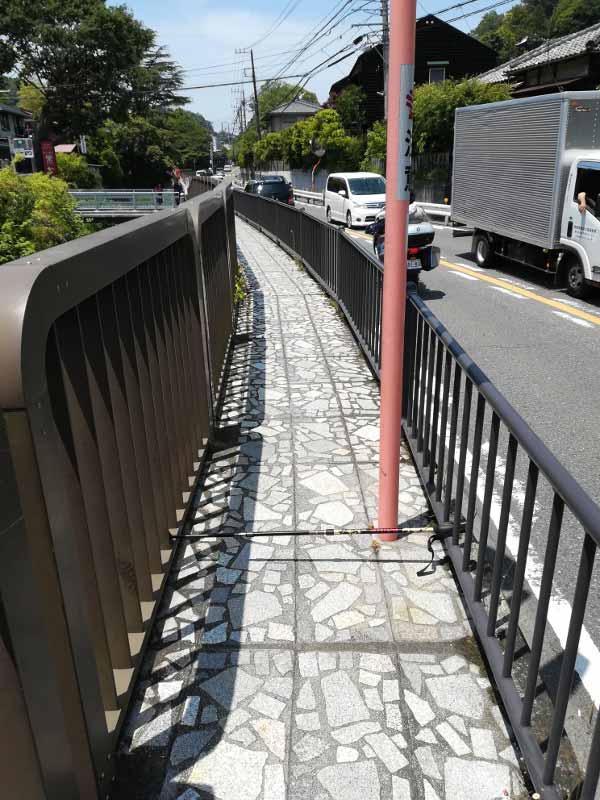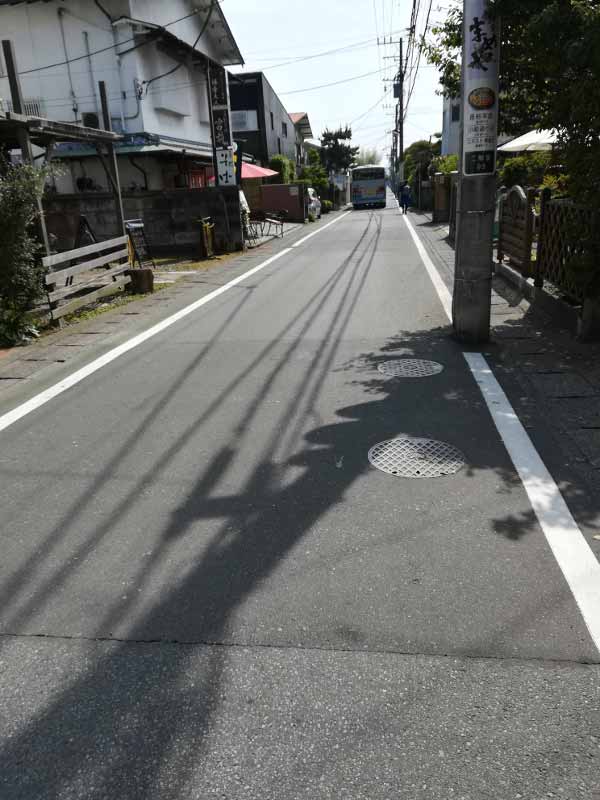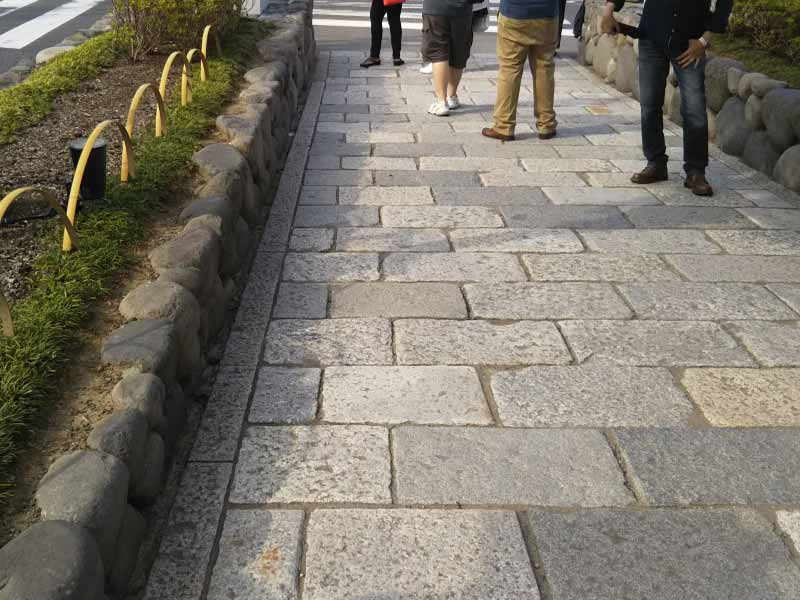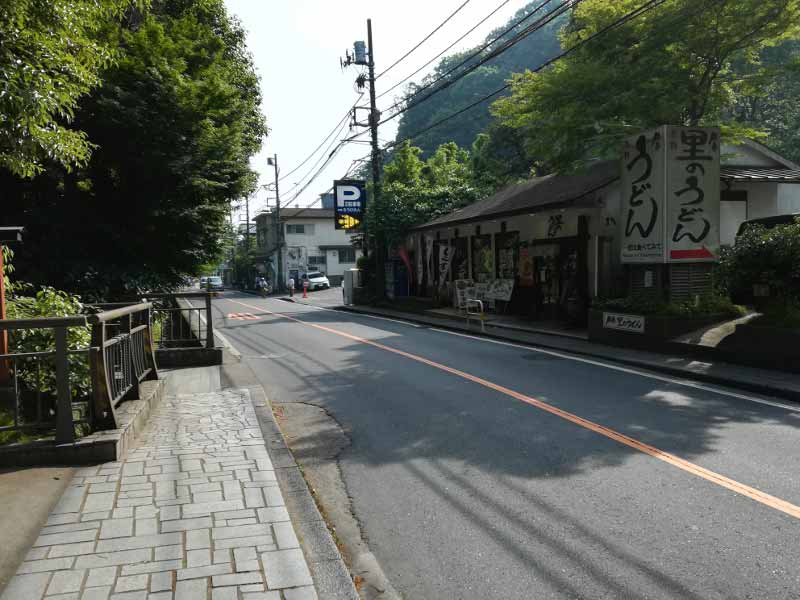My images of Kamakura City before the Field Work were beautiful classical city’s temples and shrines, scenery of the town, beautiful shops which are attractive on Instagram, the Sea and “A terrible crowd”.
In our Field Work this time, we started from the east exit of JR Kamakura station. My group was in charge of Kamakura-guu area and we went to Houkokuji, Kamakura-guu, Kakuonji and the grounds of Tsurugaoka-hachimangu. I thought that since there weren’t big events of this season such as the hydrangea season, it was not as crowded. As a result, fortunately we weren’t stuck in “A terrible crowd” which I was afraid of ♪.


I had heard that Kanazawa Kaido Road usually becomes a traffic jam in the afternoon, therefore we decided to go through Kanazawa Kaido Road by bus first in the morning, and got off Jyomyoji bus stop and went toward Houkokuji.
By the way the bus stop to go to Houkokuji is in front of the east exit of JR Kamakura Station, and all the buses leaving from bus stop No.5 can go to Jyomyoji bus stop. According to the Kamakura office of Keikyu Bus, all of Keikyu buses are equipped with a lift and accessible for wheelchairs.
The bus leaving around 10:00 Sunday morning was crowded with passengers.
Kamakura-Gu Area

Next, we went from Houkokuji to Kamakura-guu, ⇒ then to Kakuonji ⇒ and then to the grounds of Tsurugaoka-hachimangu. And we were on foot all the way.




It took about 30 minutes on foot for each route between the temples and shrines. On the way, there were some slopes among Houkokuji, Kamakura-guu, and Kakuonji. And the narrow sidewalk along the bus street around Kamakura-guu wasn’t impossible to move by wheelchair, but it seemed difficult to do so.
Regarding the number of people in each place, surely the busiest was the grounds of Tsurugaoka-hachimangu near Kamakura station, the next was in the order of Houkokuji, Kamakura-guu, Kakuonji in decreasing order.

When I visited each temple and shrine in the Kamakura-guu area this time, I saw historical buildings and monumental objects at close range including spectacular stories. I was wrapped with feelings of comfort and respectful tense. This day was warm but I didn’t feel very hot because there were some shades of trees on the way with a cool and refreshing breeze sometimes blowing.

Then after the Field Work, I asked a member of Accessible and we walked throughout Komachi-dori Street. Of course the purpose is the food!
On the street, there was Studio Ghibli’s gift shop, a shoes discount shop, a variety of fast-food shops (using plenty of Shirasu: young white sardines, for example Croissant-Taiyaki, Takoyaki, an omelet bar and so on), a rich tasted Matcha green tea ice cream shop, macrobiotic cookies and so on. The others were also charming but I can’t finish writing all these on this blog in one time as there were many attractive and delicious shops or shops with a sense originality of Kamakura.
After all, I think Kamakura is a wonderful sightseeing place we can go in about an hour from Tokyo Station by train!
